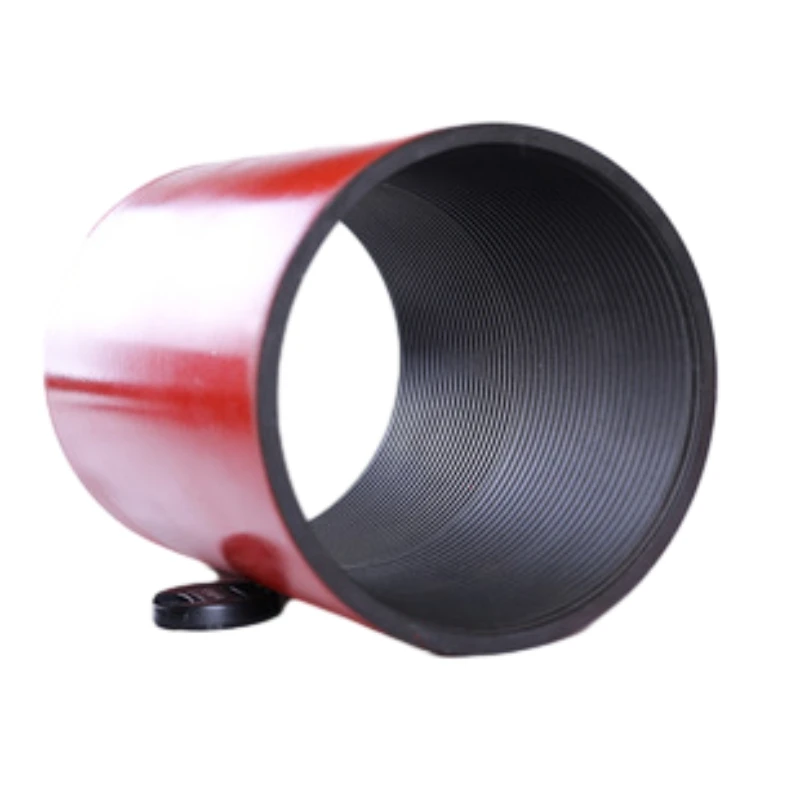- Afrikaans
- Albanian
- Amharic
- Arabic
- Armenian
- Azerbaijani
- Basque
- Belarusian
- Bengali
- Bosnian
- Bulgarian
- Catalan
- Cebuano
- Corsican
- Croatian
- Czech
- Danish
- Dutch
- English
- Esperanto
- Estonian
- Finnish
- French
- Frisian
- Galician
- Georgian
- German
- Greek
- Gujarati
- Haitian Creole
- hausa
- hawaiian
- Hebrew
- Hindi
- Miao
- Hungarian
- Icelandic
- igbo
- Indonesian
- irish
- Italian
- Japanese
- Javanese
- Kannada
- kazakh
- Khmer
- Rwandese
- Korean
- Kurdish
- Kyrgyz
- Lao
- Latin
- Latvian
- Lithuanian
- Luxembourgish
- Macedonian
- Malgashi
- Malay
- Malayalam
- Maltese
- Maori
- Marathi
- Mongolian
- Myanmar
- Nepali
- Norwegian
- Norwegian
- Occitan
- Pashto
- Persian
- Polish
- Portuguese
- Punjabi
- Romanian
- Russian
- Samoan
- Scottish Gaelic
- Serbian
- Sesotho
- Shona
- Sindhi
- Sinhala
- Slovak
- Slovenian
- Somali
- Spanish
- Sundanese
- Swahili
- Swedish
- Tagalog
- Tajik
- Tamil
- Tatar
- Telugu
- Thai
- Turkish
- Turkmen
- Ukrainian
- Urdu
- Uighur
- Uzbek
- Vietnamese
- Welsh
- Bantu
- Yiddish
- Yoruba
- Zulu
Compression Tubing Couplers for Efficient Fluid Transfer and System Connection Solutions
Understanding Compression Tubing Couplers A Comprehensive Overview
In the realm of industrial applications, the choice of connectors and fittings is vital for ensuring the integrity and functionality of various systems. One such essential component is the compression tubing coupler. This article delves into the features, functionalities, and applications of compression tubing couplers, providing a comprehensive understanding of their significance in different contexts.
What is a Compression Tubing Coupler?
A compression tubing coupler is a type of fitting used to connect two sections of tubing or piping together. It operates on the principle of compression, meaning that the device employs a tightening mechanism to create a secure and leak-proof seal between the two ends of tubing. Compression couplers can be made from various materials, including brass, stainless steel, and plastic, each offering unique advantages depending on the application.
How Does It Work?
The compression coupler consists of several components the nut, the ring (or ferrule), and the body. When the nut is tightened onto the body of the coupler, it compresses the ferrule against the tubing. This compression creates a tight seal that prevents fluid or gas from leaking, ensuring that systems function efficiently without loss of pressure. The design allows for easy disassembly and reassembly, making it an ideal solution for applications where regular maintenance is required.
Advantages of Compression Tubing Couplers
1. Ease of Installation One of the primary advantages of compression tubing couplers is their straightforward installation process. Unlike welded or soldered joints, compression fittings can be assembled and disassembled with simple tools, making them user-friendly.
2. Versatility Compression couplers are suitable for a wide variety of materials, including copper, aluminum, and plastic tubing. This versatility makes them widely applicable in various industries, from plumbing and HVAC to automotive and aerospace.
3. Leak-Proof Seal When properly installed, compression tubing couplers provide a robust seal that minimizes the risk of leaks. This feature is crucial for maintaining the safety and efficiency of fluid and gas systems.
4. No Need for Special Skills Unlike some types of fittings that require specialized techniques for installation, compression fittings can be easily handled by individuals with basic DIY skills. This accessibility helps reduce installation costs.
compression tubing coupler

5. Reusability Compression fittings can often be reused, making them economical in the long run. As long as the components do not suffer damage, they can be taken apart and reassembled as needed.
Applications of Compression Tubing Couplers
Compression tubing couplers find application in a broad range of industries. Here are some common uses
1. Plumbing In residential and commercial plumbing systems, compression fittings are often used to connect rigid and flexible pipes, enabling secure water flow.
2. Automotive Industries Compression fittings are extensively used in automotive fuels and brake lines, ensuring that the connection points remain leak-proof under varying pressures.
3. HVAC Systems Compression couplers are vital in HVAC installations, connecting refrigerant lines and ensuring efficient operation of both heating and cooling systems.
4. Aerospace In the aerospace sector, where reliability is paramount, compression tubing couplers are utilized in fuel lines and hydraulic systems to ensure flawless performance.
5. Medical Equipment The medical industry employs compression fittings in devices that require sterile fluid transfers, taking advantage of their leak-proof characteristics to ensure safety.
Conclusion
The compression tubing coupler is an indispensable component in countless applications across various industries. Its simplicity, reliability, and versatility make it a go-to solution for connecting tubing in a manner that promotes efficiency and safety. Whether in plumbing, automotive, aerospace, or medical fields, these fittings play a crucial role in maintaining the integrity of systems that rely on secure connections. With ongoing advancements in materials and design, the future of compression tubing couplers looks promising, continuing to serve as a vital link in the grand chain of industrial operations. Understanding their significance and proper installation can lead to enhanced performance and longevity of the systems they serve.
-
Tubing Pup Joints: Essential Components for Oil and Gas OperationsNewsJul.10,2025
-
Pup Joints: Essential Components for Reliable Drilling OperationsNewsJul.10,2025
-
Pipe Couplings: Connecting Your World EfficientlyNewsJul.10,2025
-
Mastering Oilfield Operations with Quality Tubing and CasingNewsJul.10,2025
-
High-Quality Casing Couplings for Every NeedNewsJul.10,2025
-
Boost Your Drilling Efficiency with Premium Crossover Tools & Seating NipplesNewsJul.10,2025







